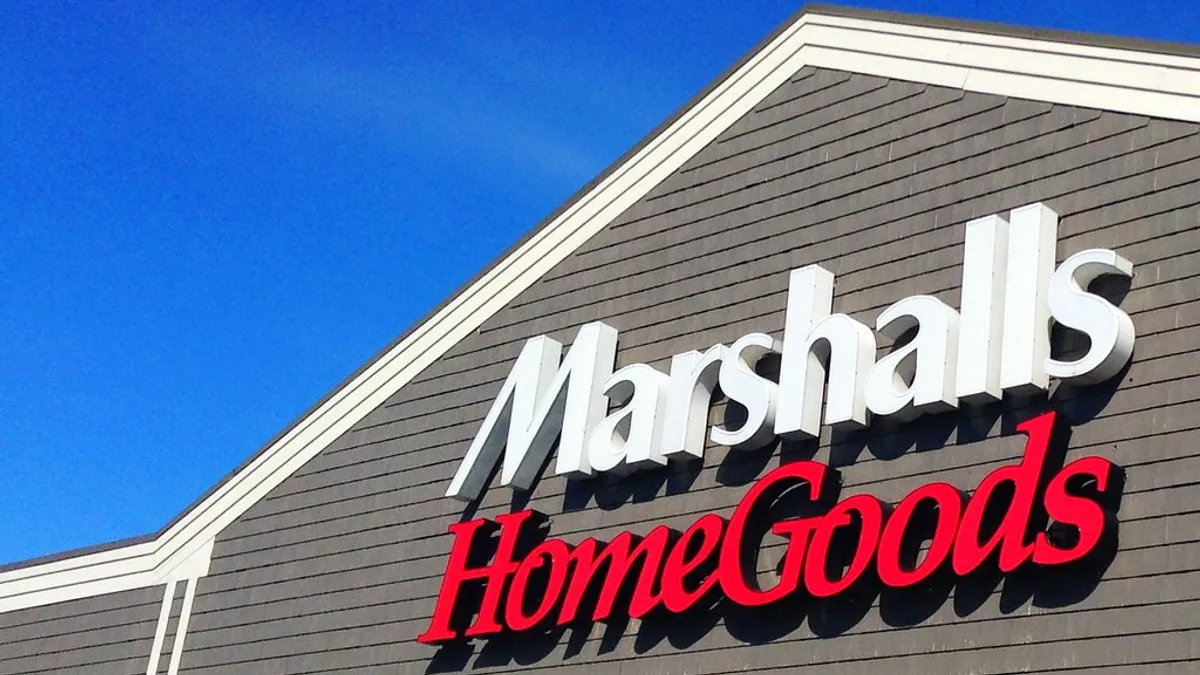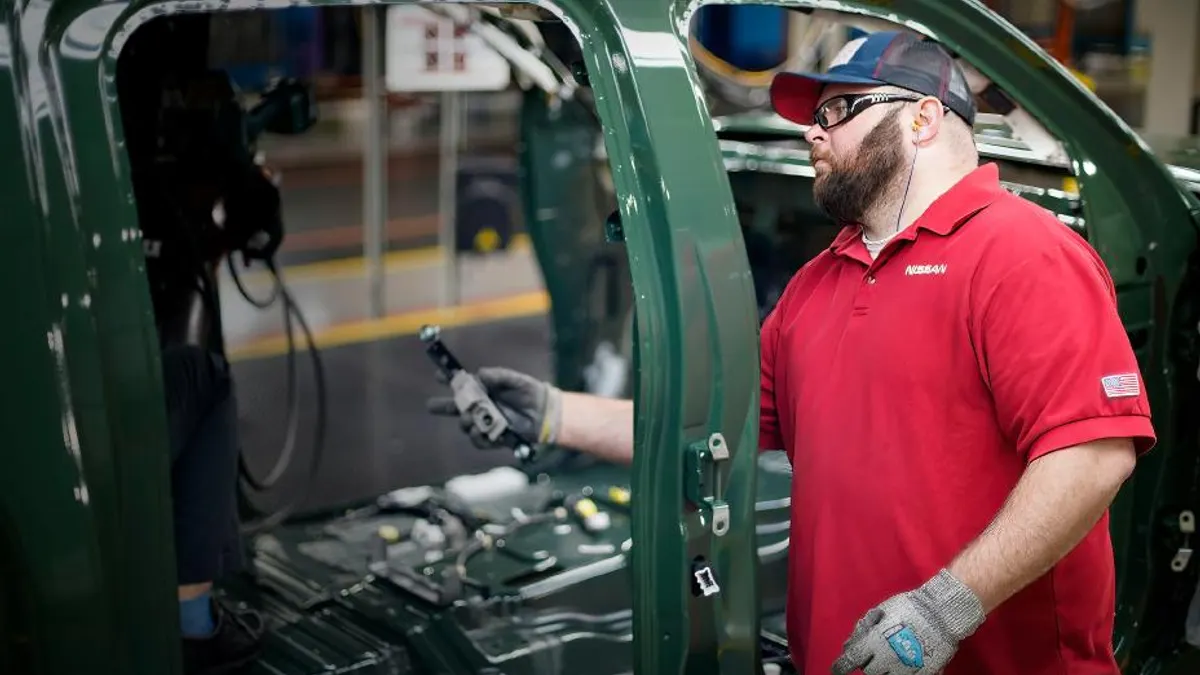HanesBrands faced a series of headwinds in 2017, but a firm focus on cash management allowed it to weather the storm to report 4.4% year-over-year growth in revenue, bolstered by a 7% growth in sales.
"Cash flow from operations continues to be the engine of our business model," CEO Gerald Evans Jr. said in a press release. High levels of cash each quarter allow the company to invest freely in acquisitions, its capital strategy and risk management efforts. For all its benefits, in early 2017, HanesBrands set a goal of freeing $1 billion in cash flow each year by the end of 2019.
The goal was part of a larger operations restructuring plan, nicknamed Project Booster by the company, that began in May 2017. It's motto to "Sell More, Spend Less, Generate Cash" proposed to leverage internal assets to become more competitive in the age of digital commerce.
At the time, HanesBrands and other consumer packaged goods suppliers were reeling from the early onset of the retail apocalypse. As consumers shopped less in store, key suppliers found the need to reimagine the product mix and stock counts sent to retailers, as well as their own omnichannel strategy. As a result, brands like Nike and Kellogg doubled down on their own strategic shift to a direct-to-consumer model in 2017.
Now, less than a year from Project Booster's start, new efficiencies from the vast internal shifts are beginning to show.
Last week, HanesBrands reported it had raised its net cash from operations to $656 million in 2017, a $50 million increase from the previous year. "The main driver of the growth was better working capital performance, specifically inventories and payables as we saw an improvement in our cash cycle more than 10 days," Evans said in earnings call.
The improvement is likely a continuation of the strategy employed in 2016, when the company saw a trend toward retailer destocking and sought to clear out its own excess inventory. That year, HanesBrands managed to decrease its inventory costs by $132 million from the previous year.
Looking ahead at 2018, Evans does not believe that trend will relent any time soon. "We think that our retailers will continue to manage inventories tightly and refill when they need to, rather than allowing excess to build up in their system," he told investors last week. "We don't anticipate destocking per se, it's just a continued focus on improving their turns and managing inventories very carefully."
But when the customer's focus is on tightening the supply chain, the supplier must do the same. Project Booster proposed a solution: HanesBrands would reinvest some of its new cash into an improved domestic distribution network focused on the online channel, while also realizing procurement and product development savings. It would also focus on leveraging its more popular brands, like Champion, to yield more sales.
Not all was rosy for HanesBrands in 2017. Twenty-one retailers declared bankruptcy last year, according to a running list from Retail Dive, and many more store closures were announced. Such "door closures" present an issue for suppliers who are still largely dependent on their retail partners. The transition to a direct-to-consumer model, is, after all, a transition.
"We've already seen door closures announced. We've seen a bankruptcy already early in the first half of the year," Evans said of his expectation for 2018, adding they are embedding that risk into their plans. "And we expect the other retailers to continue to tighten their inventory."
Meanwhile, strong demand for its Champion brand coupled with a later-than-usual holiday season to present demand-planning challenges for the company. Such challenges presented higher-than-average distribution expenses in the second half of 2017.
"The convergence of those two events in the fourth quarter caused a lot of late work in our DCs and extra labor spending and so forth," Evans said. "What we're doing to fix that is we're realigning our network and of course planning our labor more effectively as we look to the next holiday season."
HanesBrands also noted the rise of transportation costs and commodities prices were having an effect the company would have to price-in this year.
Still, Evans notes the company is steadfast in its belief on a cash-flow based model, leveraging operations efficiencies to mitigate risk. "Our business returned to organic growth in the second half of 2017, as well as we had the benefit of acquisitions and our cash flow reached record highs for a second year in a row. So we see that model working."






















